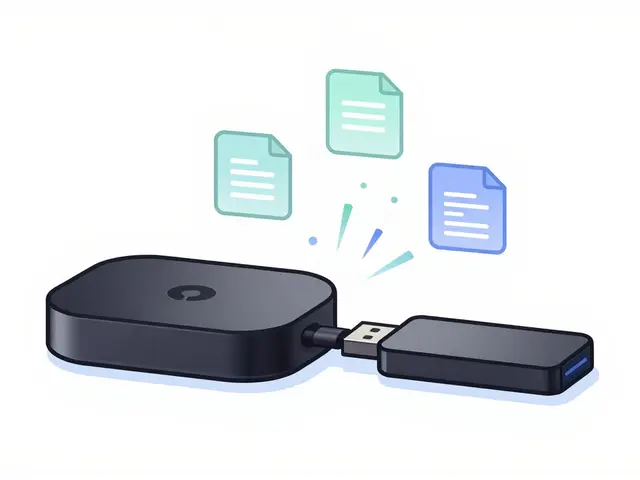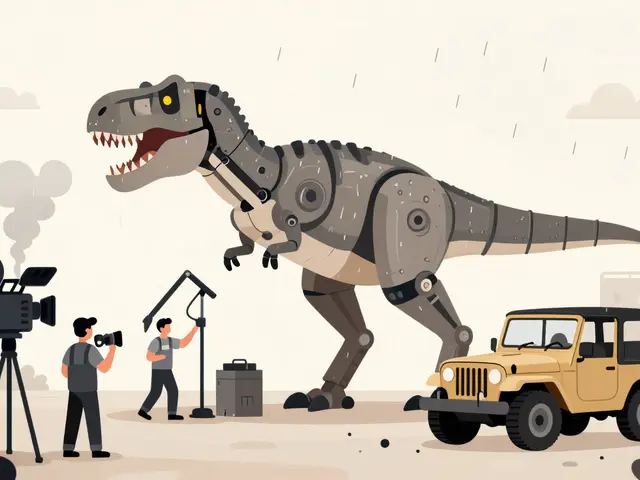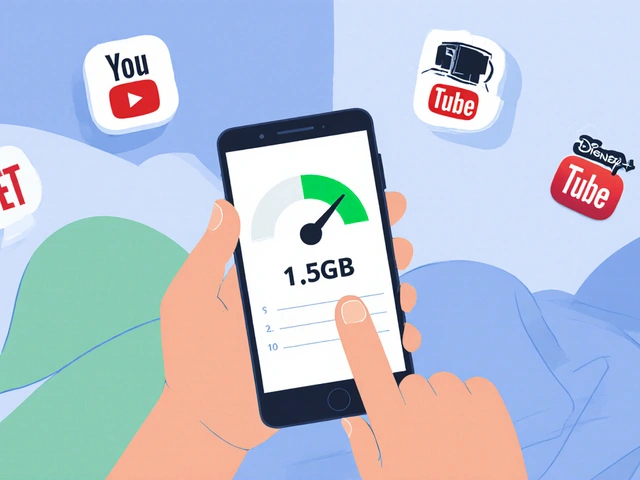Customer‑Centric Marketing: Put Your Audience First
Ever felt like your marketing messages are talking at people instead of with them? That’s a sign you’re missing the most important rule: put the customer in the driver’s seat. When you focus on what your audience really needs, your campaigns feel personal, your sales grow, and you avoid wasting budget on shots that miss the mark.
Why a Customer‑Centric Approach Wins
People buy from brands they trust, and trust builds when you listen. A recent guide on the Four Core Marketing Strategies shows that segmentation and personalization aren’t just buzzwords – they’re proven ways to lift conversion rates. Same goes for video: the ROI in Video Marketing article explains that videos tailored to viewer pain points deliver up to 3× better returns than generic ads.
When you treat your audience like a partner, you get clearer feedback, faster tweaks, and more word‑of‑mouth promotion. Think of it as a conversation rather than a sales pitch.
Practical Steps to Make It Happen
1. Map the buyer journey. List every touch‑point – from the first blog read to the final checkout. Note what questions pop up at each stage and create content that answers them directly.
2. Use data you already have. Pull analytics from your YouTube channel, Instagram, or email list. Look for patterns: which videos get the most comments? Which email subject lines get opens? Those clues guide you to what resonates.
3. Test small, scale fast. Try two versions of a headline or a thumbnail. The guide on Film Marketing Strategy recommends a simple checklist: define goal, set budget, run A/B test, measure results, repeat.
4. Speak the same language as your audience. If your customers use slang or specific jargon, mirror it in copy and video scripts. Authentic tone makes people feel understood.
5. Show the human side of your brand. Behind‑the‑scenes clips, team interviews, or quick Q&A sessions on Instagram Stories let people see real people behind the product. The Explainer Video Production guide notes that simple stories boost trust dramatically.
6. Measure what matters. Track metrics that reflect engagement – watch time, comment sentiment, repeat visits – not just clicks. The Video Editing Presets article reminds us that speed matters; a smooth editing workflow lets you produce fresh content faster, keeping the conversation alive.
7. Iterate based on feedback. When a video gets mixed reactions, read the comments, ask follow‑up questions, and adjust the next piece. This loop turns one‑off content into a learning engine.
Putting the customer first isn’t a one‑time project; it’s a habit. Start with one piece of content, apply these steps, and watch how the audience responds. Soon you’ll see higher engagement, better ROI, and a brand reputation that feels personal rather than pushy.
17
4 A's of Marketing Explained: Acceptability, Affordability, Accessibility, Awareness
The 4 A's-Acceptability, Affordability, Accessibility, Awareness-explained with steps, examples, metrics, and checklists so you can apply the framework today.
Latest Posts
Popular Posts
-
 How to Expand Storage on Fire TV with USB Drives and Manage Apps Better
How to Expand Storage on Fire TV with USB Drives and Manage Apps Better
-
 Four Weddings and a Funeral Review: Why It’s Still the Gold Standard of ’90s Rom-Coms
Four Weddings and a Funeral Review: Why It’s Still the Gold Standard of ’90s Rom-Coms
-
 IMDb’s Top 250 Explained: Why The Shawshank Redemption Still Reigns
IMDb’s Top 250 Explained: Why The Shawshank Redemption Still Reigns
-
 How to Find All Your Streaming Subscriptions and Stop Overpaying
How to Find All Your Streaming Subscriptions and Stop Overpaying
-
 Special Effects vs. Visual Effects: What’s the Difference in Movie Magic
Special Effects vs. Visual Effects: What’s the Difference in Movie Magic



